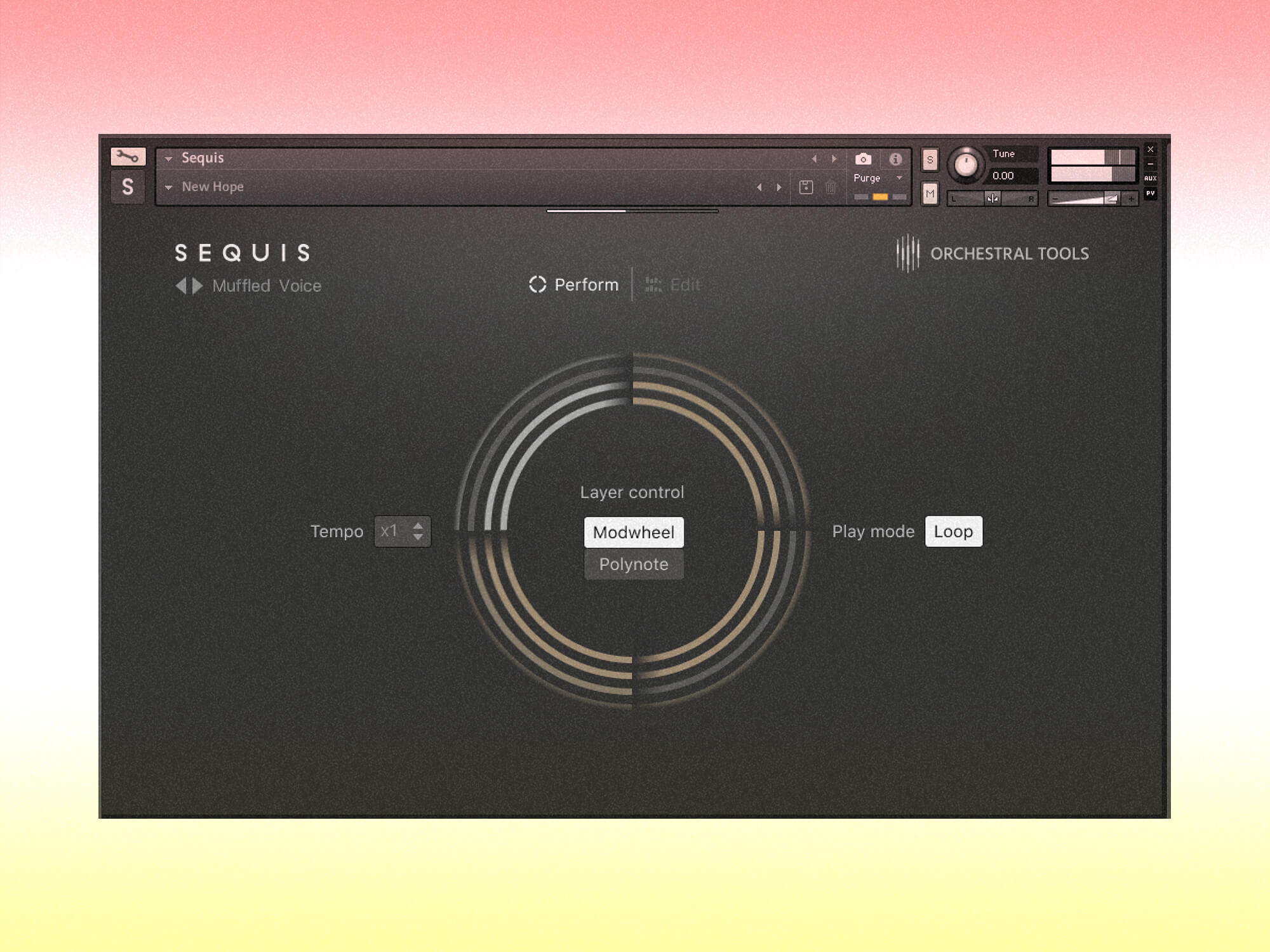

There's also that generous 3GB sound library (on five CDs), as well as a well‑written 120‑page printed manual in English, German, French, and Spanish. Like most recent NI products, the Kontakt installation CD‑ROM has a couple of drilled holes to discourage copying. It runs either as a stand‑alone software sampler, or as a VST or DirectX Instrument, and also imports Akai‑ and Giga‑format libraries, as well as coming with a 3GB one of its own. Kontakt boasts a potential 256‑note polyphony, up to 32 outputs, and 16‑part multitimbrality, along with a semi‑modular 'virtual rack' architecture, real‑time granular time‑stretching and resynthesis, and many built‑in effects including 17 filter types. Now it's here - and it looks as though it was worth the wait.

Perhaps because of this, many musicians have been holding out to see what a dedicated Native Instruments software sampler would be like. These were impressive, including a superb implementation of granular synthesis, but Reaktor's totally open‑ended design isn't as efficient in programming terms as a dedicated sampling application, which isn't good news if you want to achieve high polyphony. Can it make headway in what has become a crowded market?ĭespite being one of the last major music software companies to release a dedicated software sampler, Native Instruments have had experience in this field since 1999, when they added a range of sampling options to Reaktor, their modular software‑synthesis package. With 16-part multitimbrality, integrated effects, and flexible modulation capabilities (shown on the lower right here), Kontakt is certainly a fully-featured software sampler.Īlthough NI's Reaktor has offered sampling options for some time, it's taken the company a while to produce a dedicated software sampler: Kontakt.


 0 kommentar(er)
0 kommentar(er)
